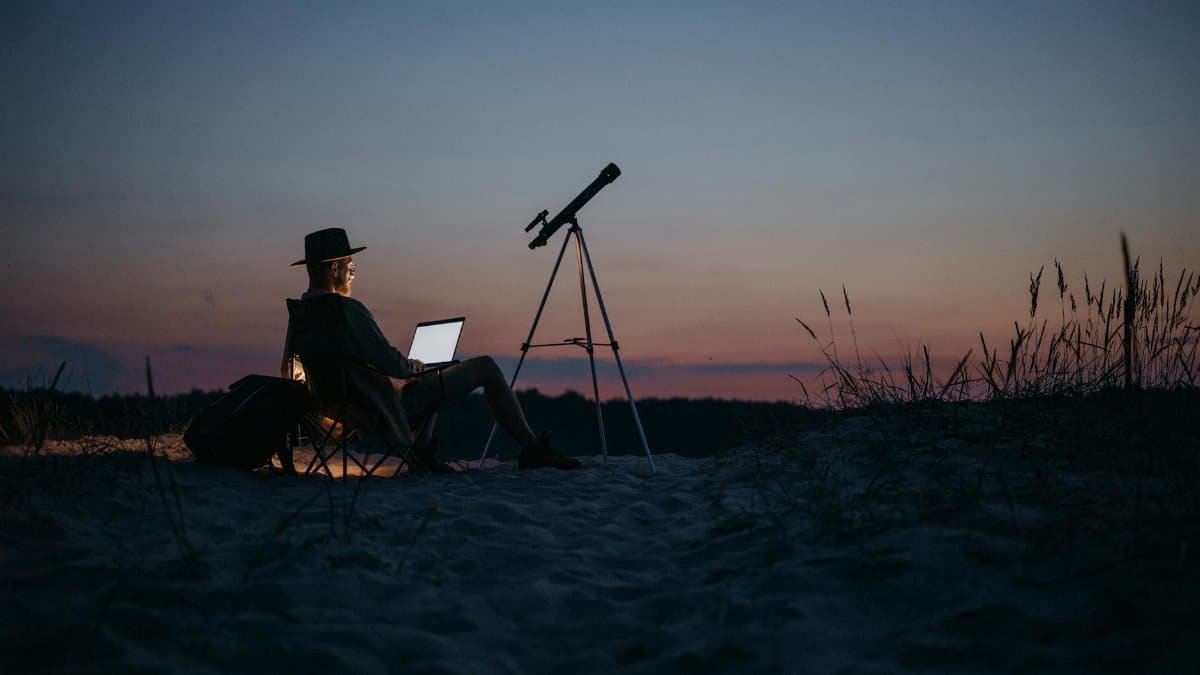Imagine standing under a vast, unblemished sky, the kind of dark that feels almost tangible, as if you could reach out and touch the stars. In the deserts of the American Southwest, this isn’t just a fleeting moment of wonder—it’s a deliberate setting for transformation. Here, a growing number of retreats are combining the ancient act of stargazing with the introspective practice of shadow work, a process of confronting hidden fears and suppressed emotions. Dubbed “stargaze shadow work” by practitioners, this approach taps into the stillness of the desert night to help individuals face what lurks beneath the surface. Far from city lights and daily distractions, these remote sanctuaries offer a unique space where the cosmos above seems to mirror the inner depths below, inviting a rare kind of self-reckoning. For many, it’s a journey as expansive as the night sky itself.
1. The Desert as a Canvas for Inner Work

The desert has long been a place of spiritual seeking, its stark beauty stripping away pretense. Retreats in places like Arizona and Nevada lean into this rawness, using the environment as a backdrop for shadow work—delving into the parts of ourselves we often avoid. Under a sky peppered with stars, the vastness can feel both humbling and exposing. One retreat organizer in Sedona described it as “nature holding up a mirror.” Without urban noise or light pollution, participants report a heightened sense of clarity, as if the desert’s silence forces buried thoughts to rise. This isn’t just poetic musing; studies on nature’s impact on mental health, like those from the American Psychological Association, suggest that natural settings can lower stress and enhance introspection, amplifying therapeutic practices like shadow work.
2. Stargazing as a Gateway to the Subconscious
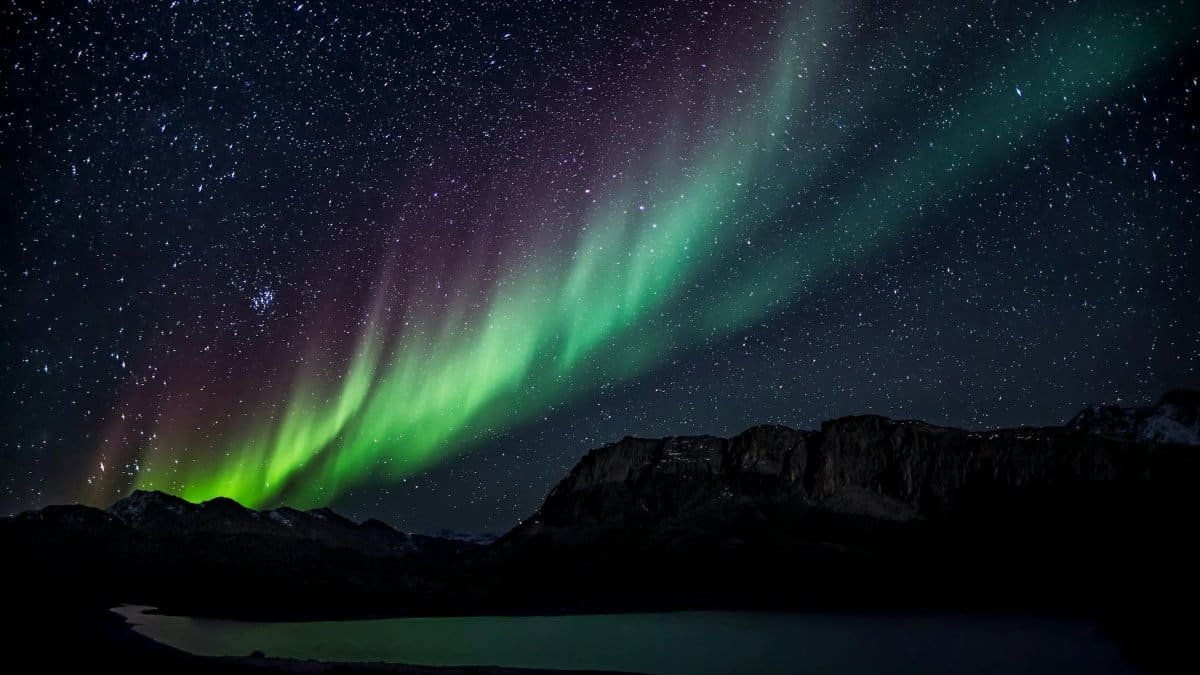
Why pair stargazing with shadow work? The night sky, especially in the desert’s unspoiled darkness, acts as a kind of projective screen. Retreat facilitators often guide participants to lie on blankets, staring upward as they’re prompted to reflect on unresolved pain or shame. The stars, distant yet constant, seem to pull out thoughts that feel too heavy in the light of day. “It’s like the universe is listening,” one attendee shared during a session near Joshua Tree. This isn’t mere metaphor—research from the National Library of Medicine highlights how contemplative practices in natural settings can reduce anxiety, creating space for emotional processing. In these retreats, the act of looking up becomes a way of looking within.
3. Anasazi Retreat – Sedona, Arizona

Nestled among Sedona’s red rock formations, Anasazi Retreat offers a five-day immersion into stargaze shadow work. Participants gather each night on a mesa, guided by facilitators trained in Jungian psychology to explore personal “shadows”—those repressed aspects of the self. The program blends stargazing with journaling and group discussions, using the Milky Way as a focal point for meditation. Many leave feeling unburdened, though the intensity isn’t for everyone. The retreat’s website emphasizes preparation for emotional vulnerability, and past attendees note the power of the desert’s isolation. For those curious about the psychological underpinnings, resources from the C.G. Jung Institute provide deeper context on shadow work’s origins, grounding the retreat’s approach in established theory.
4. Starlight Sanctuary – Mojave Desert, California
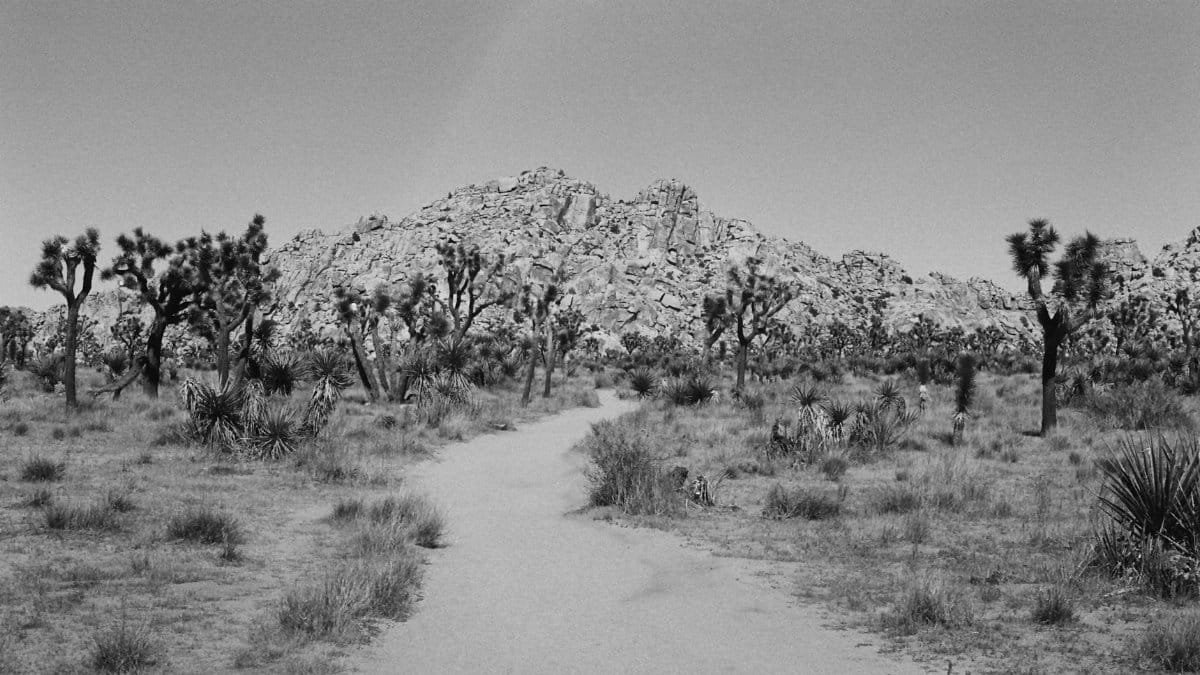
In the heart of the Mojave, Starlight Sanctuary takes a more eclectic approach. Their weekend retreats combine stargaze shadow work with sound healing, using gongs and chimes under the night sky to “vibrate loose” emotional blockages. A typical evening might start with a guided star meditation, followed by participants voicing fears or regrets in a circle. The desert’s stark quiet amplifies every word, making the experience raw. One anonymous account from an online forum described it as “terrifying at first, but freeing by the end.” While the retreat lacks formal studies on efficacy, broader research on sound therapy from the National Library of Medicine suggests potential benefits for stress reduction, hinting at why this pairing resonates.
5. Cosmic Mirror Camp – Death Valley, Nevada
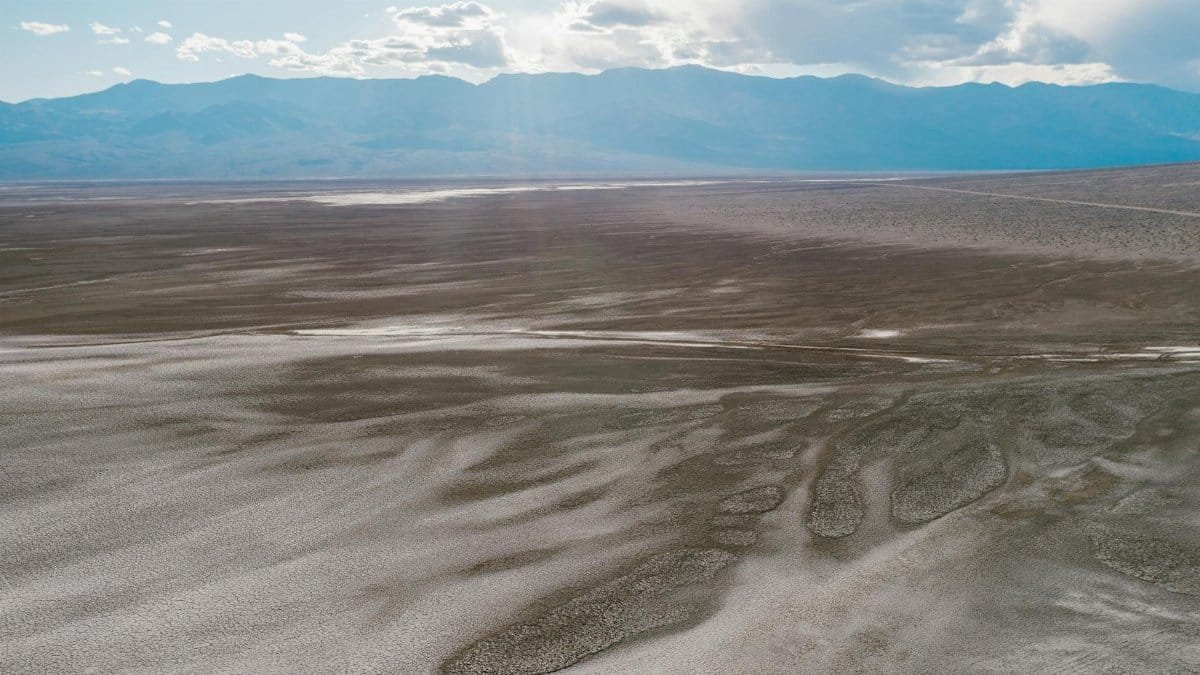
Death Valley’s otherworldly landscape sets the stage for Cosmic Mirror Camp, a retreat known for its no-frills intensity. Here, stargaze shadow work means long nights of guided introspection, often without speaking, as participants confront personal narratives under the stars. Facilitators pose questions like, “What are you hiding from yourself?” while the desert’s extreme quiet forces answers to surface. The camp’s rugged setting—minimal amenities, endless sky—mirrors the inner stripping away of defenses. Attendees often report breakthroughs, though some find the isolation unnerving. The psychological weight of such work aligns with findings on solitude’s impact, as explored by the Pew Research Center, which notes solitude can foster self-awareness when approached intentionally.
6. Nightfall Haven – Sonoran Desert, Arizona
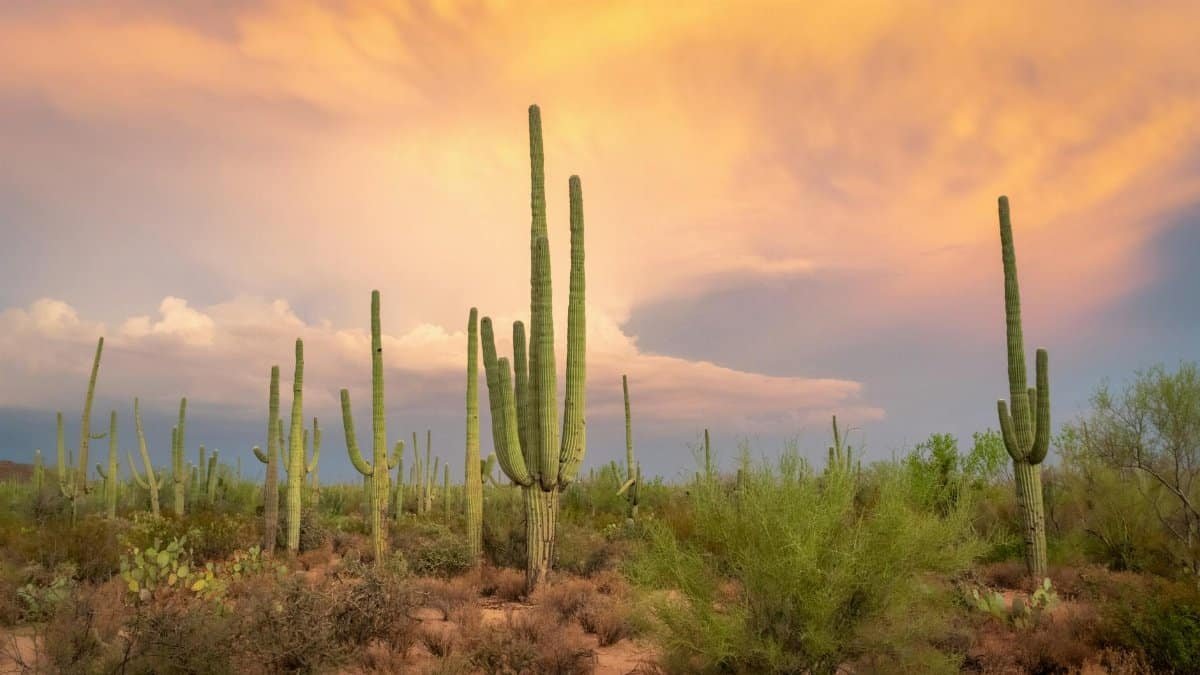
Nightfall Haven offers a gentler entry into stargaze shadow work, catering to beginners with a three-day program in the Sonoran Desert. Each night, small groups gather around a fire, using the starlit sky as a backdrop for guided visualizations. Participants are encouraged to “see” their fears in constellations, a creative exercise that softens the heaviness of shadow work. The retreat balances this with daytime workshops on emotional resilience, ensuring no one feels overwhelmed. Feedback often highlights the supportive community, a factor backed by studies on group therapy’s benefits from the American Psychological Association. For those hesitant about deep inner work, this retreat offers a softer landing.
7. Challenges of Facing the Shadow Under Stars

Stargaze shadow work isn’t without hurdles. The desert’s isolation can amplify discomfort, especially when confronting suppressed emotions. Some participants at retreats report feeling exposed, not just to the night sky but to their own truths. Facilitators must navigate this carefully—pushing too hard can lead to emotional overwhelm, while holding back might stall progress. Then there’s the physical challenge: desert nights can be cold, and remote locations mean limited comforts. Yet, for many, these obstacles are part of the appeal. The struggle mirrors the inner work, as if the harshness of the environment is a necessary catalyst. Retreats often prepare attendees for this, emphasizing mental readiness over luxury.
8. Why This Practice Resonates in 2025

As life in 2025 grows ever more connected yet paradoxically isolating, stargaze shadow work offers a counterbalance. Retreats in desert landscapes provide a rare chance to unplug, to sit with oneself under a sky that feels eternal. The rise of mental health awareness, coupled with a yearning for authentic experiences, fuels this trend. People aren’t just seeking escape—they want meaning. Desert retreats tap into that, blending the ancient allure of the stars with a modern hunger for self-understanding. Whether it’s the silence of the Mojave or the red rocks of Sedona, these spaces remind us that sometimes, to find light within, you have to face the dark. And in the desert, under a canopy of stars, that darkness feels both vast and conquerable.
